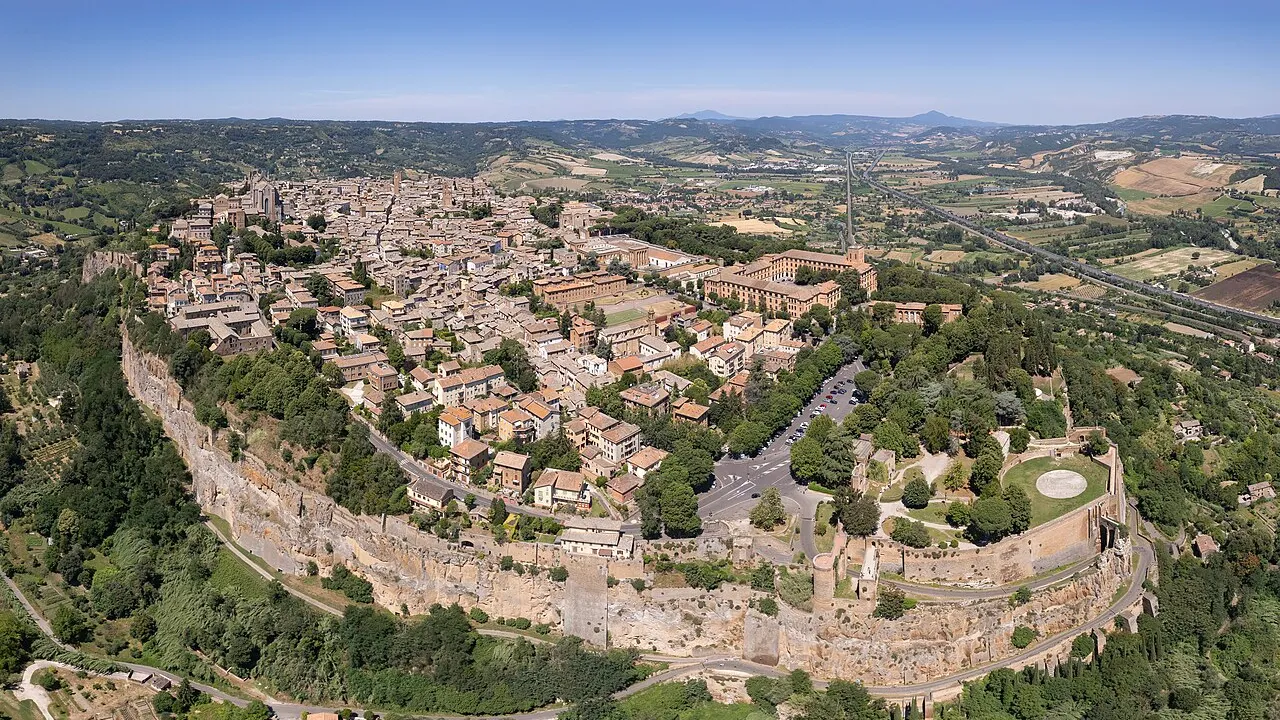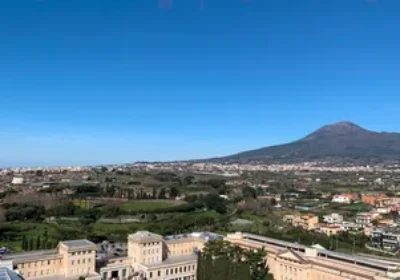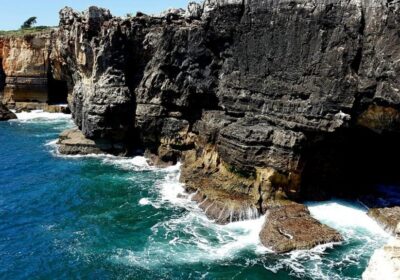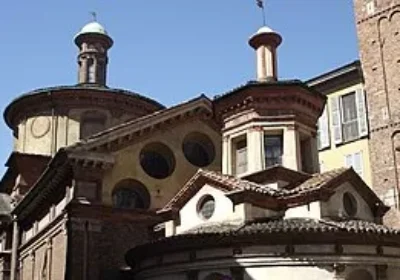Overview Tour of Orvieto.
This tour is by car.
Magical Orvieto is a small town in Terni, in south-west Umbria, that stands on a large flat bed of volcanic tuff. Orvieto’s location makes it one of the most dramatic-looking cities in Europe.
The rugged tuff cliffs on which Orvieto stands rise almost vertically to the sky, and are complemented by fortified walls made of the same tuff.
The first settlement on the site of Orvieto dates from Etruscan times and was definitely one of the centres of that civilisation.
The cathedral is dedicated to the Assumption of the Virgin Mary. Its cornerstone was laid in 1290. The main architect of the cathedral is traditionally considered to be Arnolfo di Cambrio, although the newest evidence suggests that it was actually built by a monk called Fra Bevignate from Perugia. The beautiful church is lined with white travertine and greenish-black basalt, forming narrow bands like the cathedral of Siena. The interior of the cathedral attracts attention with the Chapel of San Brisio, painted with frescoes by Fra Angelico, and Luca Signorelli’s masterpiece “The Last Judgement” from 1449-1451.
The papal palace was begun in 1263 by Pope Urban IV, who also founded a new Dominican church in the city.
A second palace was built by Pope Nicholas IV, and the third and last by Pope Boniface VIII (1294-1303).
St Patrick’s Well on the edge of a rocky cliff – fleeing from Emperor Charles V, Pope Clement VII fled to Orvieto.
Fearing that the city would run out of water in the event of a siege, he ordered the construction of the famous well.
The Palace of the Captains – begun in the 13th century on the site of the former papal palace. Originally it was a one-storey building, which was used as a market square at the same time.
The Underground City – it is a system of tunnels, a whole labyrinth, the existence of which was kept secret.
Today they can be seen with a guide.
The fortress of Albornoz stands in the square of Cahen. It was built on the orders of the Spanish Cardinal Albornoz by the military engineer Ugolino di Montemarte. Originally, the massive structure, which began to be erected in the mid-14th century, bore the name Rocca di San Martino. Alas, the fortress was almost levelled to the ground in 1395, and attempts to rebuild it were unsuccessful until the mid-15th century.
The oldest church in the city is the church of San Giovenale – built in 1004, where you can see many frescoes from the 13th century; San Domenico, one of the first Dominican churches; San Francesco, a former Franciscan church built in 1266; and the ruins of the Etruscan acropolis and the city wall, which are more than 2,000 years old.
The chapel of the “Del Corporale” houses an important Christian relic from the 13th century. – a linen tablecloth stained with the blood of Christ. The cathedral was built to preserve this unique Christian relic.

















